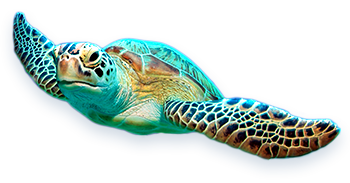
You'll see two images. Photo A is an identified turtle and photo B is an unidentified turtle.
- Carefully compare the patterns on the turtles' heads.
- Select one of the three options to indicate if they are a match.
- Optionally, use the checkboxes to add more information about the photo B.
- Select "Next" to view the next turtle.

Match
Turtle spots are unique, just like human fingerprints. All spots must be the same shape, size and color to be a match.
Remember: If you're not sure, please select Unsure.
A.
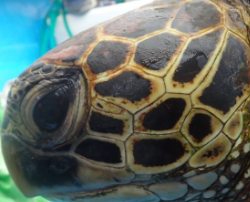
B.
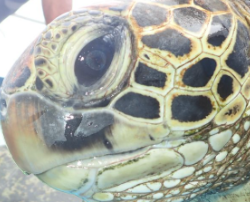
A.

B.
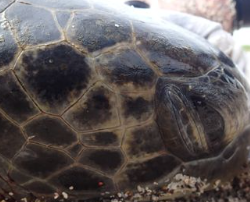
No Match
Be sure to look at all spots. Many turtles have similar patterns around their eyes, but other spots might be different.
Remember: If you're not sure, please select Unsure.
A.

B.
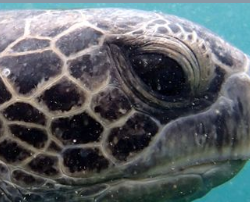
A.
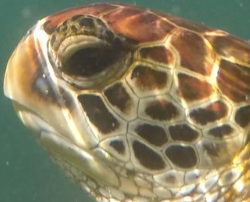
B.
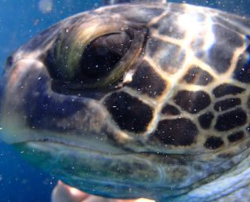
More Information
The AI model can learn from additional feedback about the unidentified turtle photo. Check out these examples.
Remember: The extra info checkboxes are optional and it's possible to select more than one.
A.
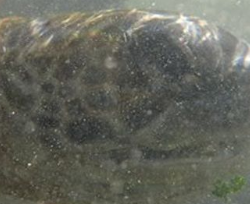
B.
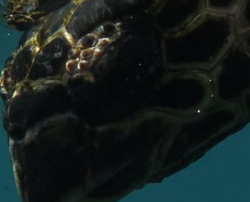
A.

B.
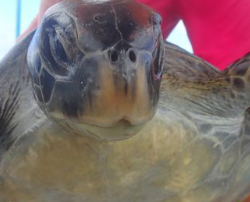
A.
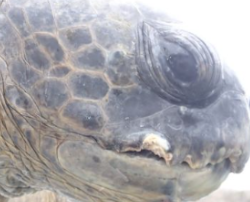
B.
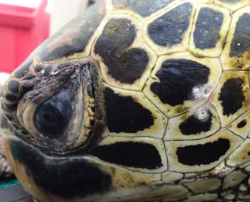
SAS’ Data for Good program and the UNC Center for Galapagos Studies have partnered to bring the power of analytics and data science to several research projects in the Galapagos. This project asks individuals to find matching images of turtles to help train an AI algorithm so it can determine if newly uploaded pictures are of a new or previously identified turtle.

When researchers want to do a health check on a sea turtle, they must first capture it to take measurements, perform a medical examination and determine its overall health. When compared to previous data, they can determine if the health of a turtle has improved or worsened. For example, has their weight increased or does it have any new scars. The current phase of this app is for the crowd to identify and match individual turtles. This creates a data set of matching images and trains the model on how to identify an unknown turtle. If we can successfully train the model to identify individual turtles (based on the unique patterns on their head), the next phase is to feed additional unknown turtle images into the model and identify the turtles. Positive identification of an individual turtle would allow researchers to gather more information about their well-being in a noninvasive way, causing the turtles less stress.
Read more about the Galapagos project here